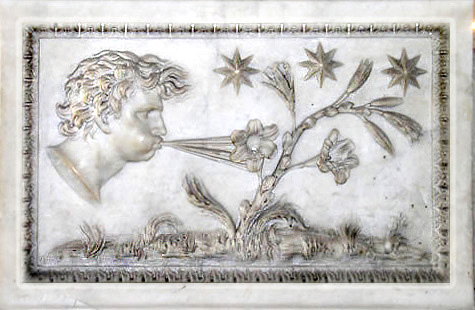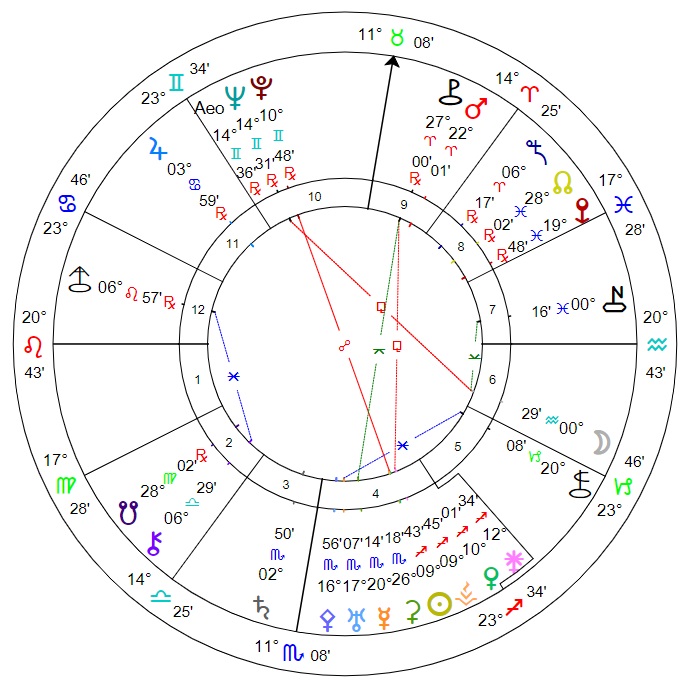Basics
Class: Xe-type asteroid
Location: Main belt, Aeolia family
Orbit length (approx): 4.54 years
Discovered: 1st December 1894, 21:23 UTC, from Nice, France, by Auguste Charlois
Notes: Largest member of the eponymously named Aeolia asteroid family, a small group of asteroids with similar orbits that have an estimated age of less than 100 million years.
Events at time of discovery:
- December 6 – Kate Chopin’s feminist short story “The Story of an Hour” is first published.
- December 8 – Birth of E. C. Segar, American cartoonist, creator of Popeye
- – Birth of James Thurber, American cartoonist, writer
Naming information
Name origin: Ancient country in north-western Asia Minor near the Aegean Sea, or perhaps the Aeolian islands north-east of Sicily.
Mythology: Aiolos was the divine keeper of the winds and king of the mythical, floating island of Aiolia (Aeolia). He kept the violent Storm-Winds locked safely away inside the cavernous interior of his isle, releasing them only at the command of greatest gods to wreak devastation upon the world. Homer’s wind-god Aiolos bears many similarities to Hesiod’s Ouranos. It should also be noted that the Greek words aiolos (“glittering”) and aiolokhros (“spangled”) were both adjectives applied to the starry night-sky (ouranos).
 |
| Digitally enhanced bas-relief marble sculpture of Aeolus blowing wind. Image by Ed Stevenhagen. |
Astrological data
Discovery degree: 14+ Gemini
Discovery Sabian: Two Dutch Children Talking to Each Other, Exchanging Their Knowledge
Discovery nodal signature: Sagittarius–Gemini
Estimated orbital resonances: Mercury 1:19, Earth 2:9, Mars 7:15, Jupiter 13:5, Saturn 13:2
Discovery chart details: Crescent phase chart. Aeolia was conjunct Neptune with both sesquiquadrate the Moon. Sun conjunct Venus and Vesta. Minor grand trine between Mercury, Chariklo and Eris. Venus-Vesta opposite Pluto; Pallas conjunct Uranus. Chiron opposite Sedna and sextile Asbolus; Juno sesquiquadrate and Ceres quincunx Pholus.
Summary and references
Suggested meanings include verbosity, ‘hot air’, interest in meteorology or taking advantage of changes[1]. Correspondences imply intelligence, wisdom, variability, objectivity and clarity, far-sightedness and forward thinking.
References:
1) Mark Andrew Holmes: Aeolia
 |
| Discovery chart for (396) Aeolia: 1st December 1894, 21:23 UTC, Nice, France. |
